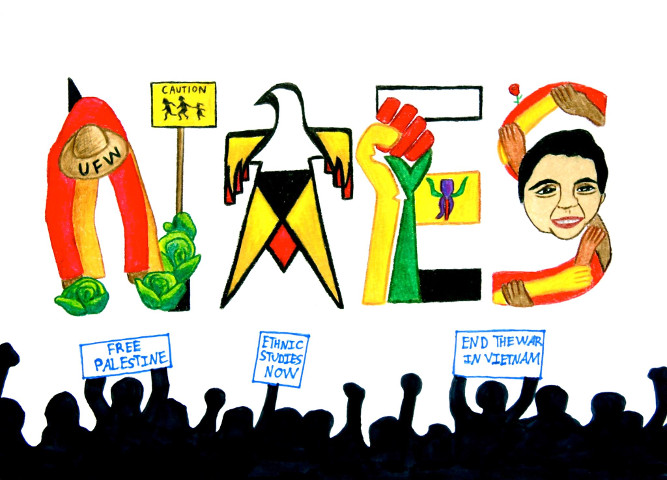Ethnic Studies Review

Orginal Publication Date
2008
Journal Title
Ethnic Studies Review
Volume
31
Issue
esr/vol31/iss1
First Page
32
Last Page
54
Abstract
Charles Townsend's 1889 adaptation of Harriet Beecher Stowe's Uncle Tom's Cabin features white actors playing light- and dark-skinned African-American characters, changing degrees of make-up as the script, stage business, or number of available players demands. Thomas Denison's stage directions to his 1895 play, Patsy O'Wang, an Irish Farce with a Chinese Mix-Up, stipulates that the alternation of the half -Chinese, half-Irish cook between his two ethnic personas is "key to this capital farce," and that a comedie use of the Chinese dialect is central to this. The Geezer (c. 1896), Joseph Herbert's spoof of the popular musical, The Geisha, features white actors playing Chinese dignitaries, but also donning German and Irish accents. The white actors in these plays enact different paradigms of hybridity. The actors in Townsend's Uncle Tom's Cabin, a Melodrama in Five Acts embody conceptions of both mixed and unmixed African Americans, freely alternating between each. In Patsy O'Wang, the main character's background is central to the story, and the lead actor moves between the two ethnicities by his accent, mannerisms, and politics. Racial mixing is central to the plot of The Geezer through Anglo actors who make themselves hybrid by appearing Chinese and appropriating a third accent, rather than the creation of racially mixed offspring.
Rights
Copyright ©ESR, The National Association for Ethnic Studies, 2008



Comments
Ethnicity: Questions, Trends and Interpretations